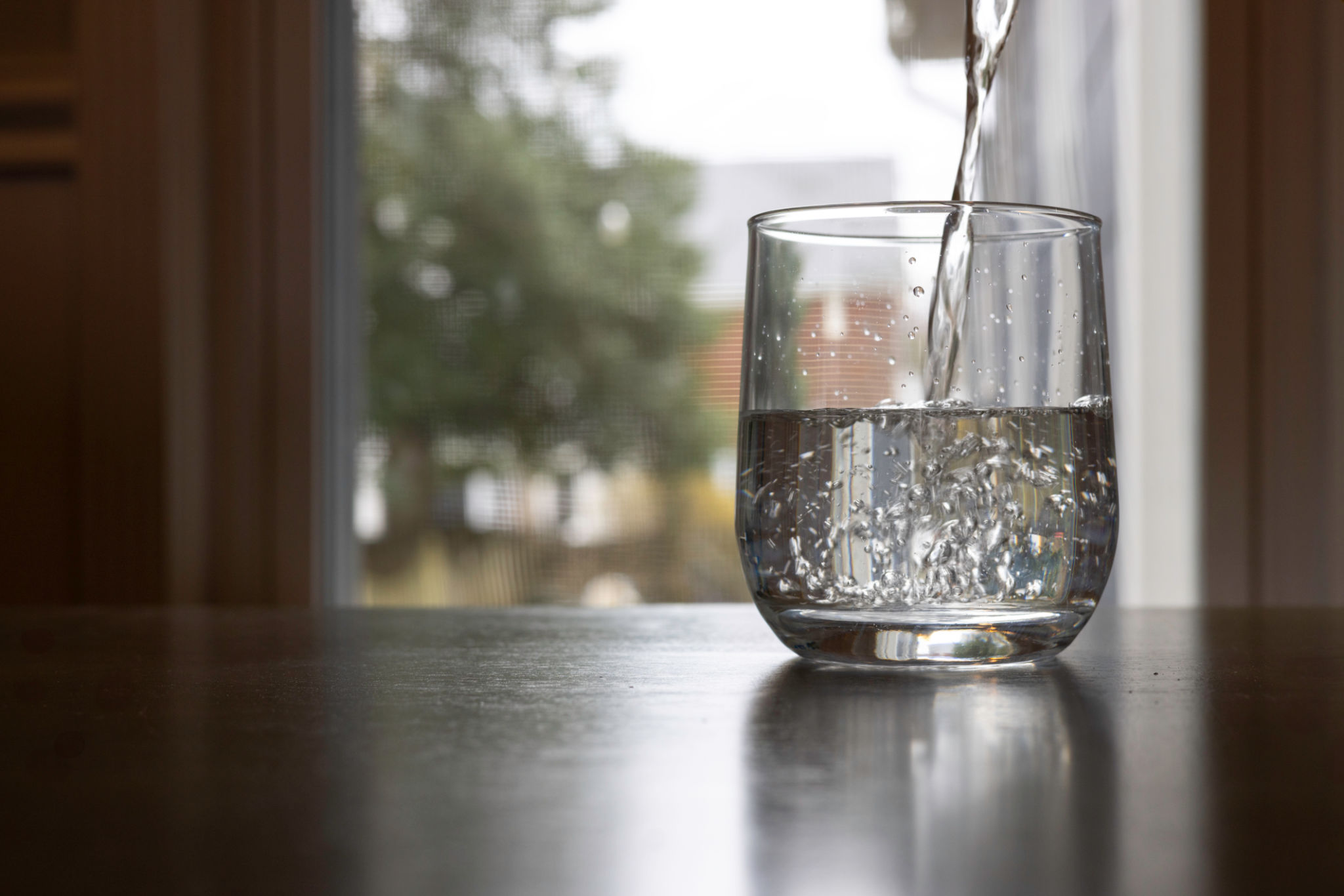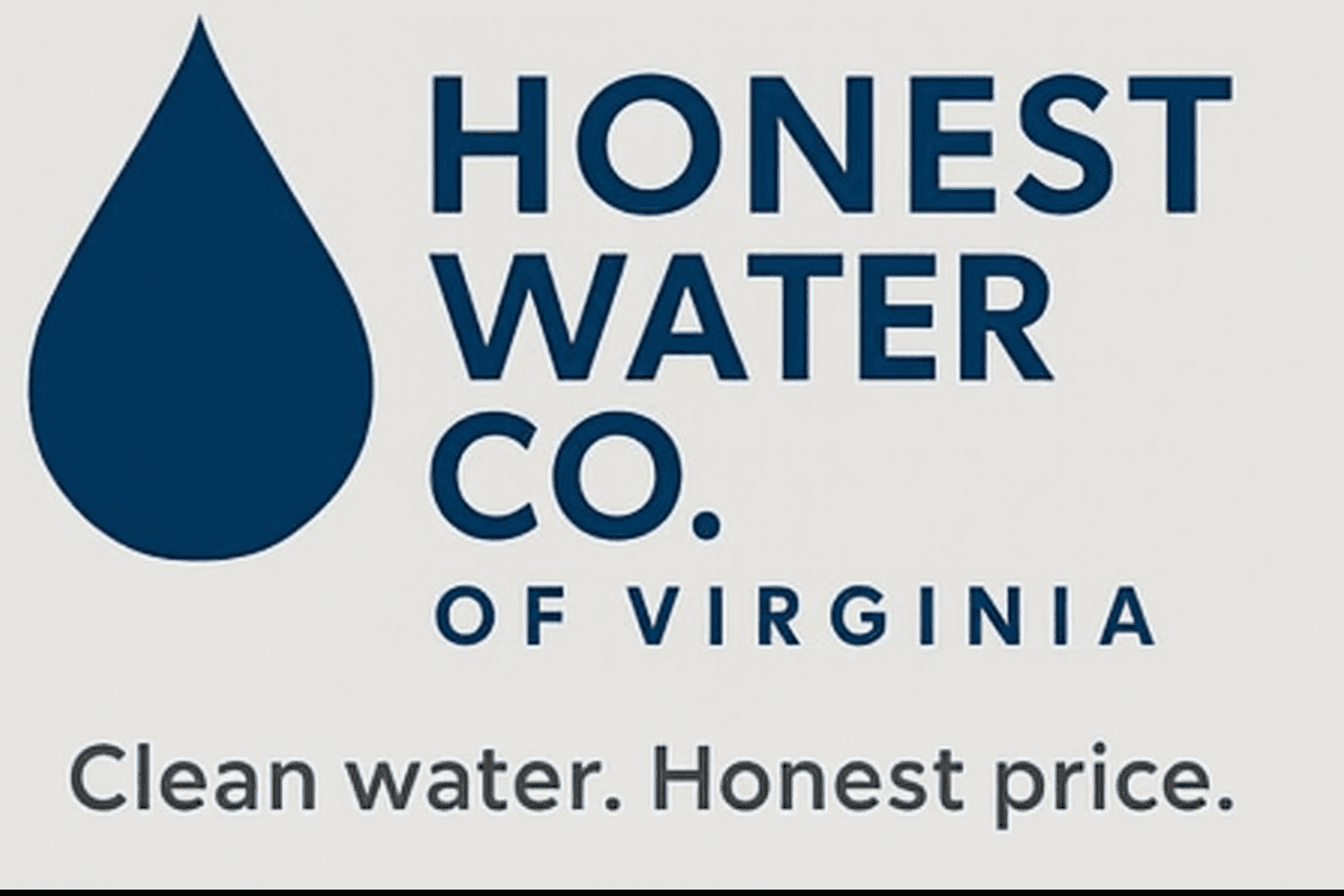Comparing Water Treatment Options: Reverse Osmosis vs. Whole-House Filtration
BZ
Understanding Water Treatment Options
When it comes to ensuring the quality of your home’s water supply, two popular options often come to mind: reverse osmosis and whole-house filtration. Each method offers distinct benefits, making it crucial to understand their differences before deciding which is best suited for your needs. This blog post will guide you through the intricacies of these water treatment options to help you make an informed decision.

Reverse Osmosis: A Closer Look
Reverse osmosis is a water purification process that uses a semipermeable membrane to remove ions, molecules, and larger particles from drinking water. This method is highly effective in eliminating contaminants such as lead, fluoride, chlorine, and nitrates. Many homeowners appreciate reverse osmosis for its ability to deliver pure, clean-tasting water directly from the tap.
The system is typically installed under the kitchen sink and is designed to treat water for drinking and cooking purposes. While it excels in removing pollutants, it does have some limitations. For instance, reverse osmosis systems can be less effective at filtering out certain chemicals like volatile organic compounds (VOCs), and they tend to be slower than other filtration systems due to the thoroughness of the process.
Whole-House Filtration: Comprehensive Coverage
Whole-house filtration systems, on the other hand, are installed at the point where water enters your home. This ensures that every faucet and water outlet in your house dispenses filtered water. These systems are particularly effective at removing sediment, chlorine, and other particulates that can affect the taste and smell of your water.

Whole-house systems are ideal for providing comprehensive coverage and are often chosen by homeowners who want to ensure that all water used in the home—whether for bathing, cooking, or cleaning—is treated. However, they may not be as proficient in removing specific contaminants like lead or nitrates compared to reverse osmosis systems.
Key Considerations When Choosing a System
When deciding between reverse osmosis and whole-house filtration, consider the following factors:
- Water Quality Needs: Assess what contaminants are present in your water supply and choose a system capable of effectively removing them.
- Budget: Reverse osmosis systems can be more affordable but may incur additional costs over time due to filter replacements. Whole-house systems typically involve a higher initial investment.
- Installation and Maintenance: Evaluate the complexity of installation and maintenance requirements for each system.
Combining Both Systems for Optimal Results
For those seeking the highest level of water purity, combining both reverse osmosis and whole-house filtration can be an excellent option. By doing so, you can enjoy the benefits of comprehensive filtration throughout your home while still ensuring your drinking water is exceptionally pure.

This dual approach is particularly beneficial for households with specific water quality concerns or those located in areas with heavily contaminated water sources. While this may represent a higher upfront cost, the long-term benefits often justify the investment.
Making Your Decision
Ultimately, the choice between reverse osmosis and whole-house filtration depends on your specific needs and circumstances. Consider conducting a water quality test to determine what contaminants are present in your supply. This information can be invaluable in guiding your decision-making process.
By understanding the strengths and limitations of each system, you can select the most suitable option to ensure your home has access to clean, safe water. Whether you opt for one system or both, investing in a reliable water treatment solution is a step towards improved health and well-being for you and your family.
